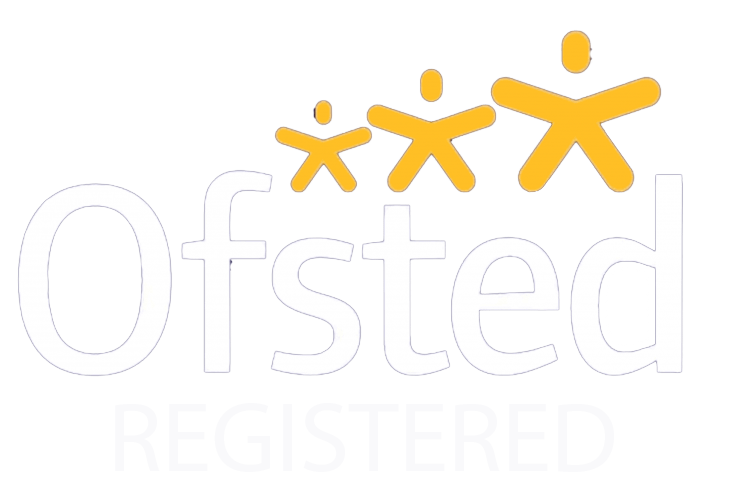6pm – 7pm on Monday – Friday
GCSE Maths is one of the most important exams students will take. Many jobs and further education require a good grade in the subject.
A compulsory subject at GCSE level, we have discovered that when students start to struggle with maths it can dent their confidence and have a significant impact on their entire enjoyment of school. We can help support your child in maths confidence and improve their grades dramatically.
Curriculum
Year 10
- Simple expansion/ factorisation/ substitution/ rearrangement
- Difference of two squares
- Factorising quadratics
- Multiplication/division of decimals (non calculator)
- Operations involving fractions (non calculator)
- Converting fractions to decimals/ decimals to fractions
- The six index rules
- Index equations
- Standard form
- Surds including rationalising
- Rational and irrational numbers
- Factorising quadratics
- Completing the square for expressions
- Solving quadratic equations
- Graphical solutions to quadratic equations, include plotting quadratic curves
- Iterative methods Commence Statistics
- Data presentation, especially Stem-and-Leaf diagrams
- Complete Statistics
- Histograms
- Cumulative Frequency and Quartiles
- Constructions and Scale Drawing
- Mensuration – Perimeter, area and volume
- Plans and elevations
- Similar Triangles
- Angle properties of shapes
- Circle Theorems, including intersecting chord (secant)
- Transformations, including compound transformations
- Rearrange formulae
- Simplify algebraic fractions
- Know and use the formula for the equation of a circle
- Find the equation of a tangent to a
- Probability
Year 11
- Estimation
- Units
- Core percentages
- Compound interest
- Reverse percentages
- Core direct proportion
- Core inverse proportion
- Trigonometric ratios
- Angles of elevation and depression
- Bearings
- Trigonometric graphs
- Solving simple trigonometric equations
- Non-right-angled triangles
- Trigonometry in 3D
- Vector Geometry
- Gradient of curves – Tangents
- Graphical solutions of equations
- Core inequalities
- Inequalities
- Sequences
- Linear and quadratic and unfamiliar sequences.
- Functions (notation)
- Domain and Range
- Inverse functions
- Composite functions
- Transformation of standard graphs
- Transformation of Trigonometric Graphs


